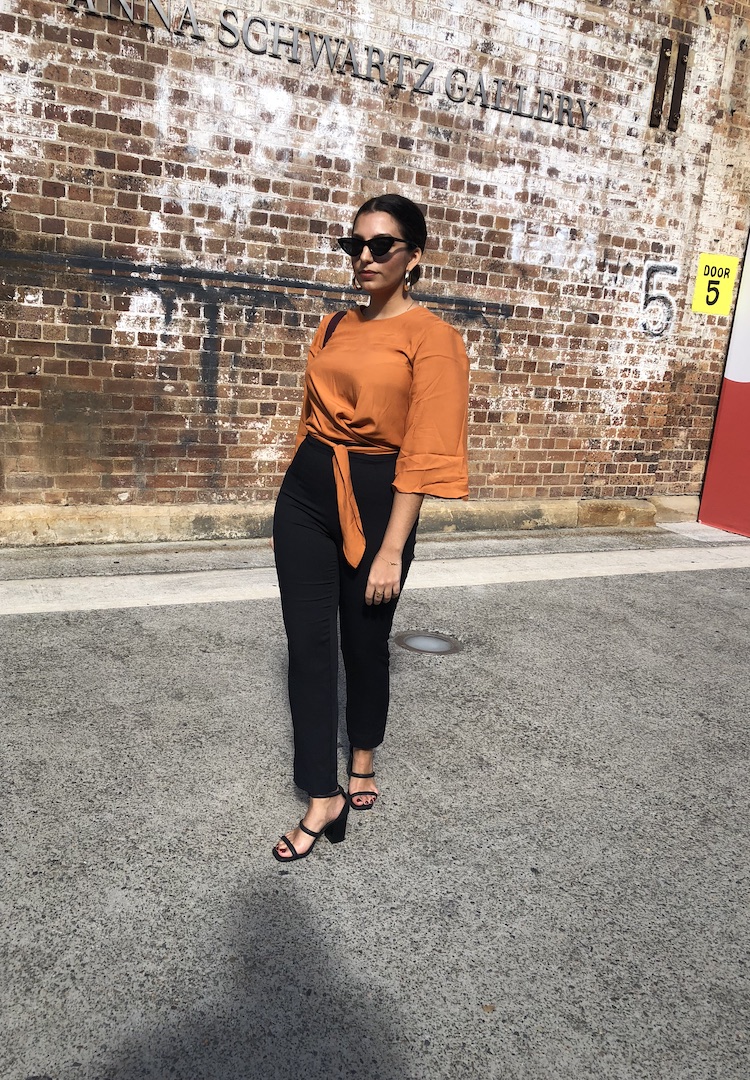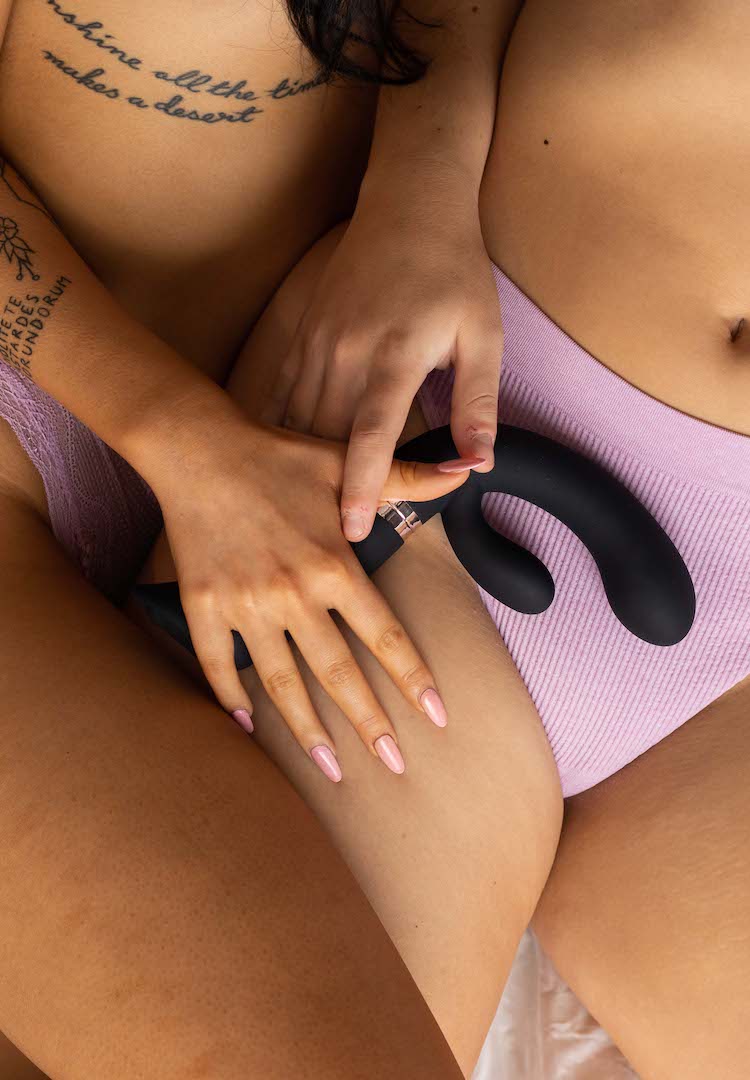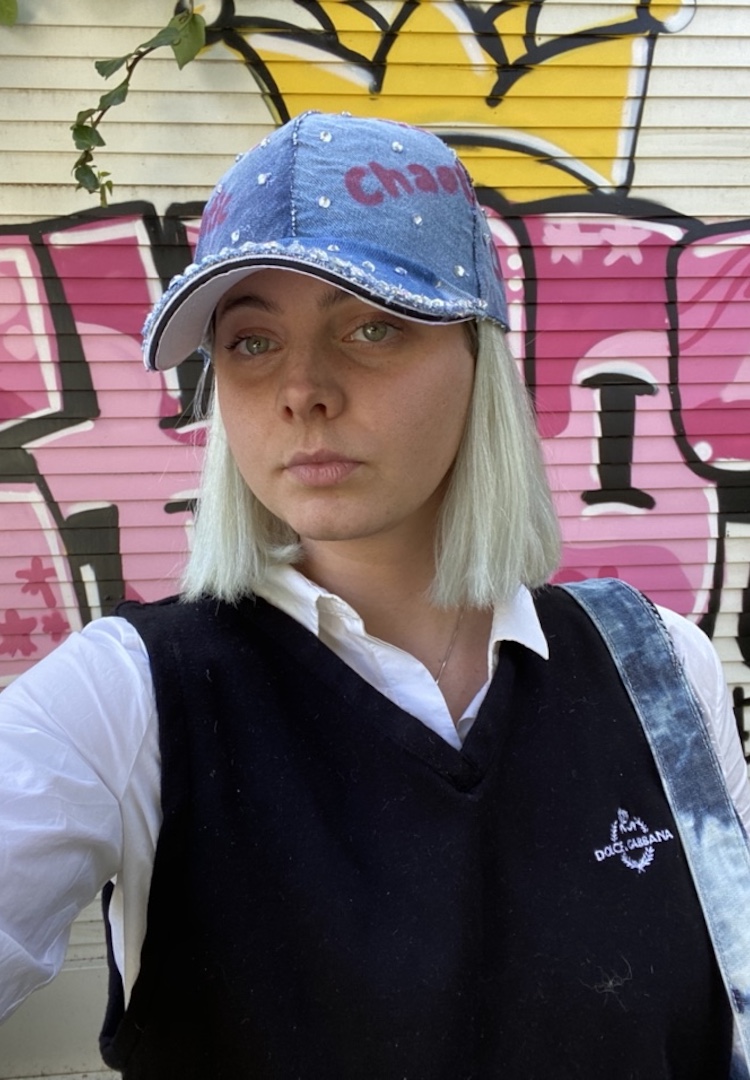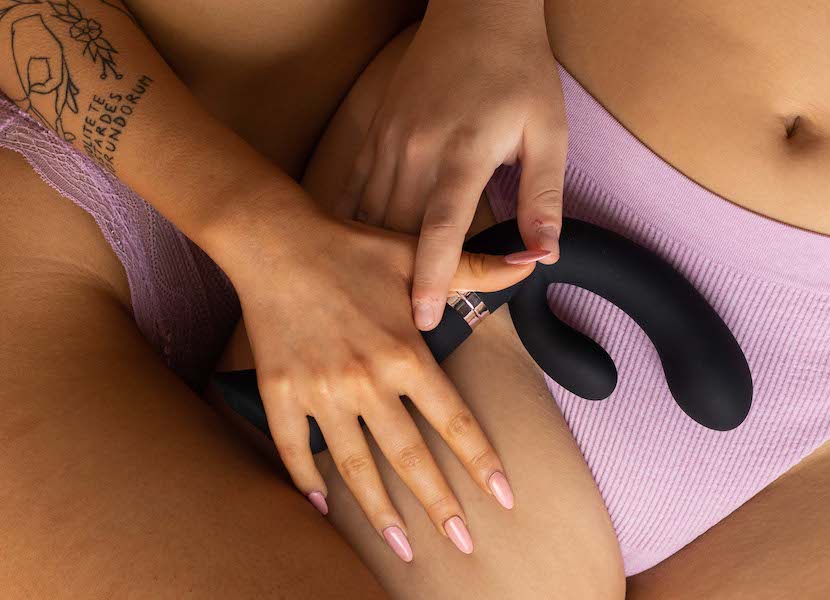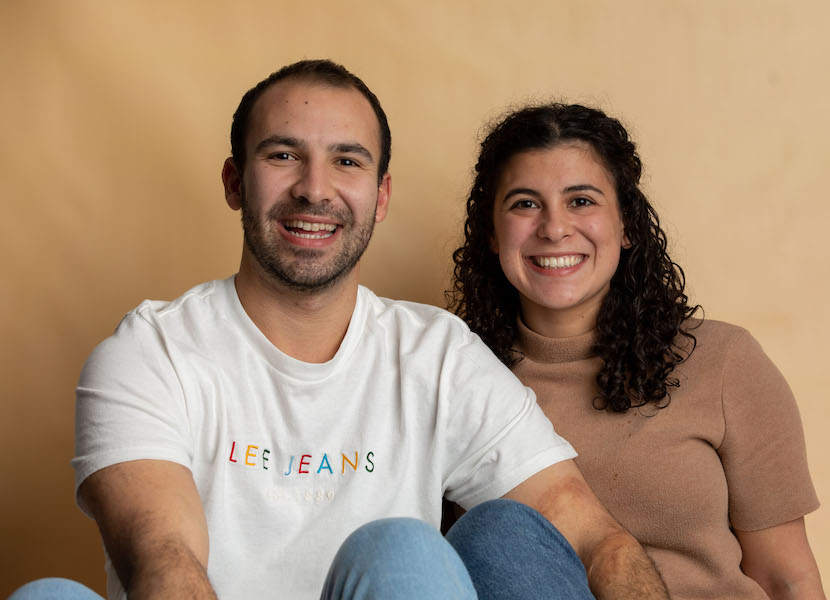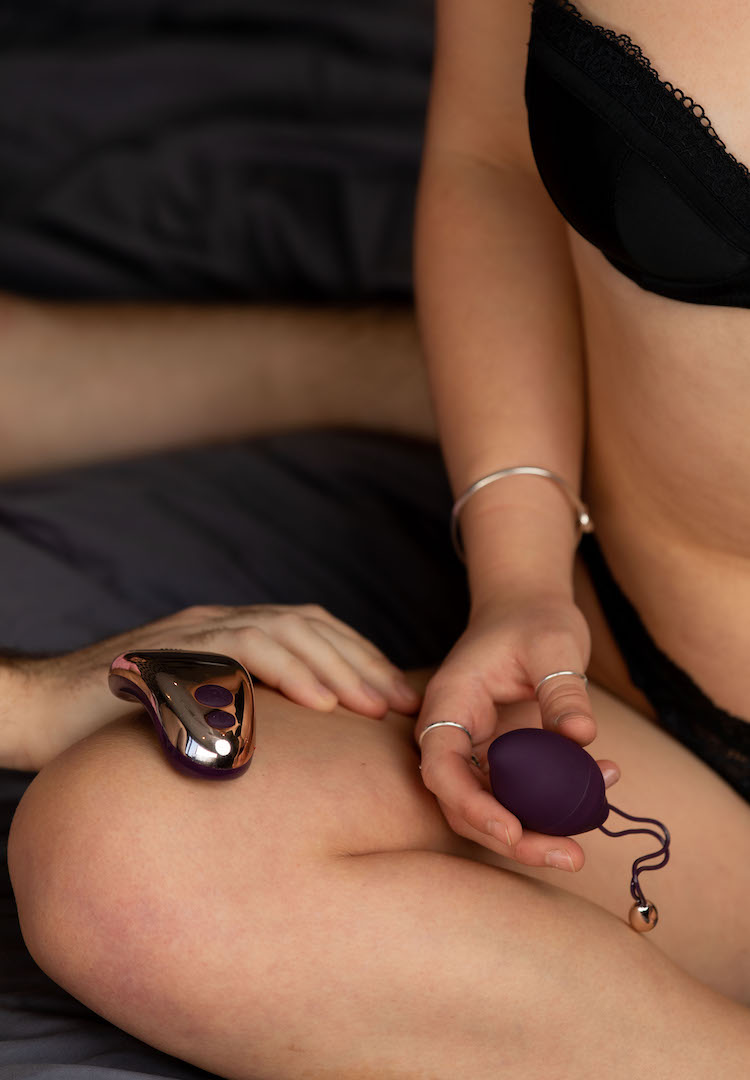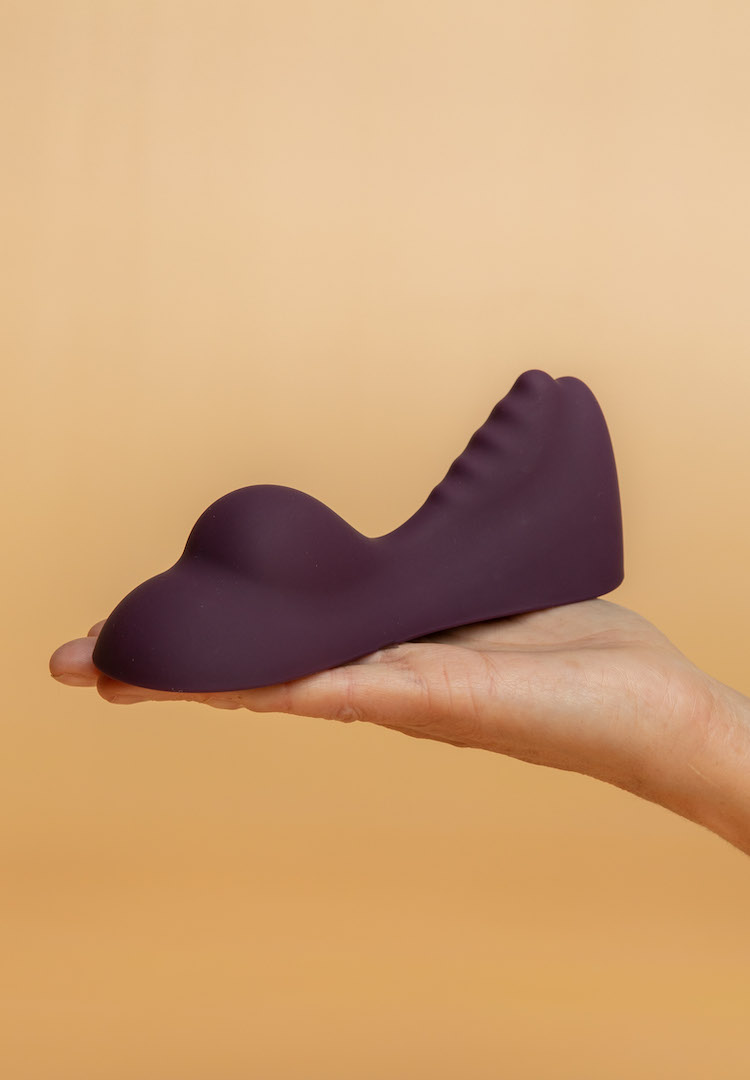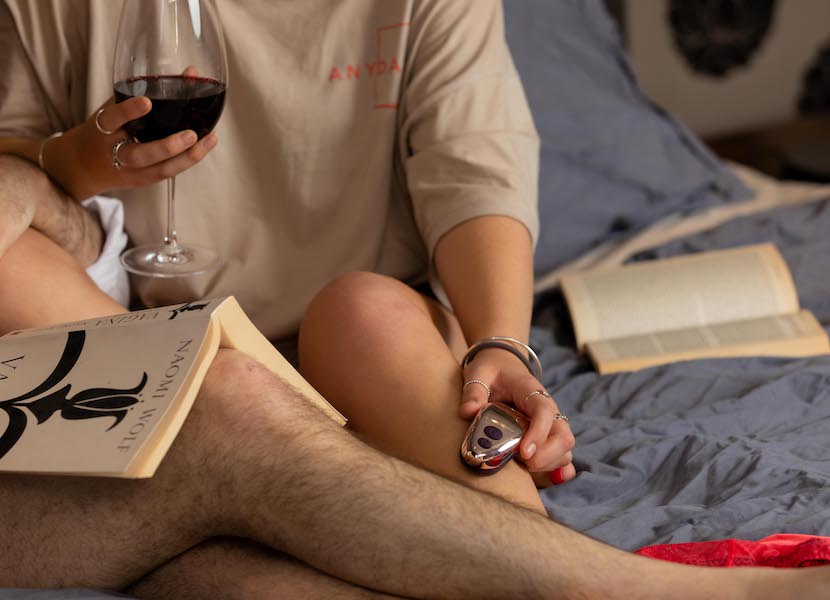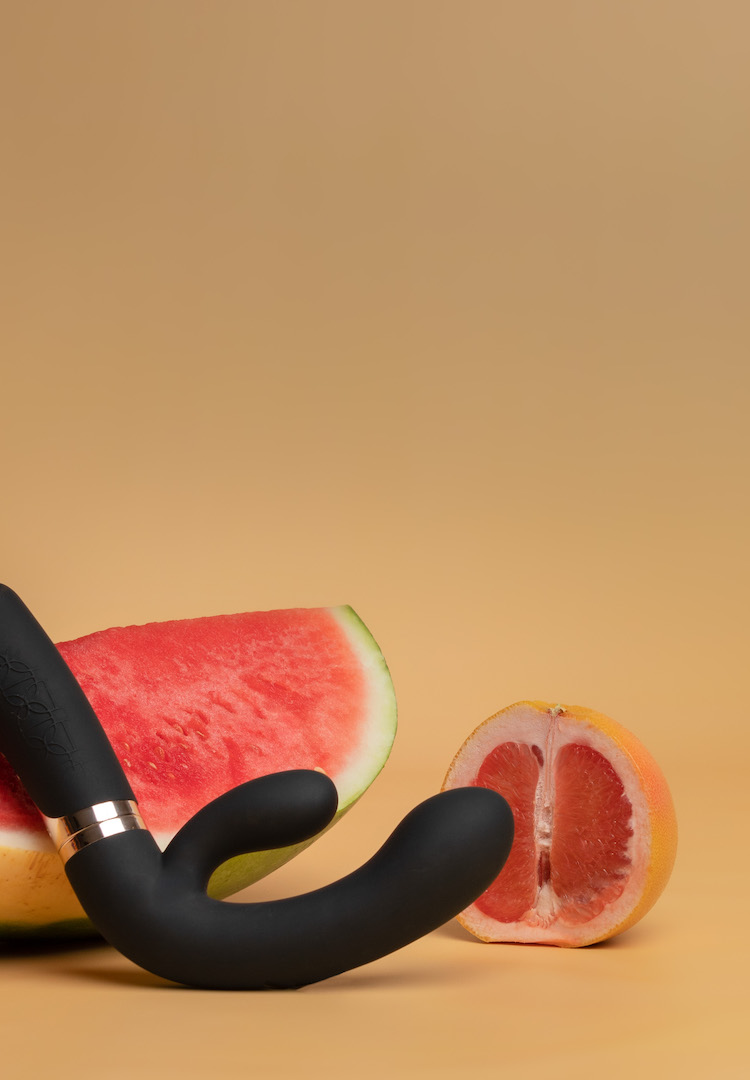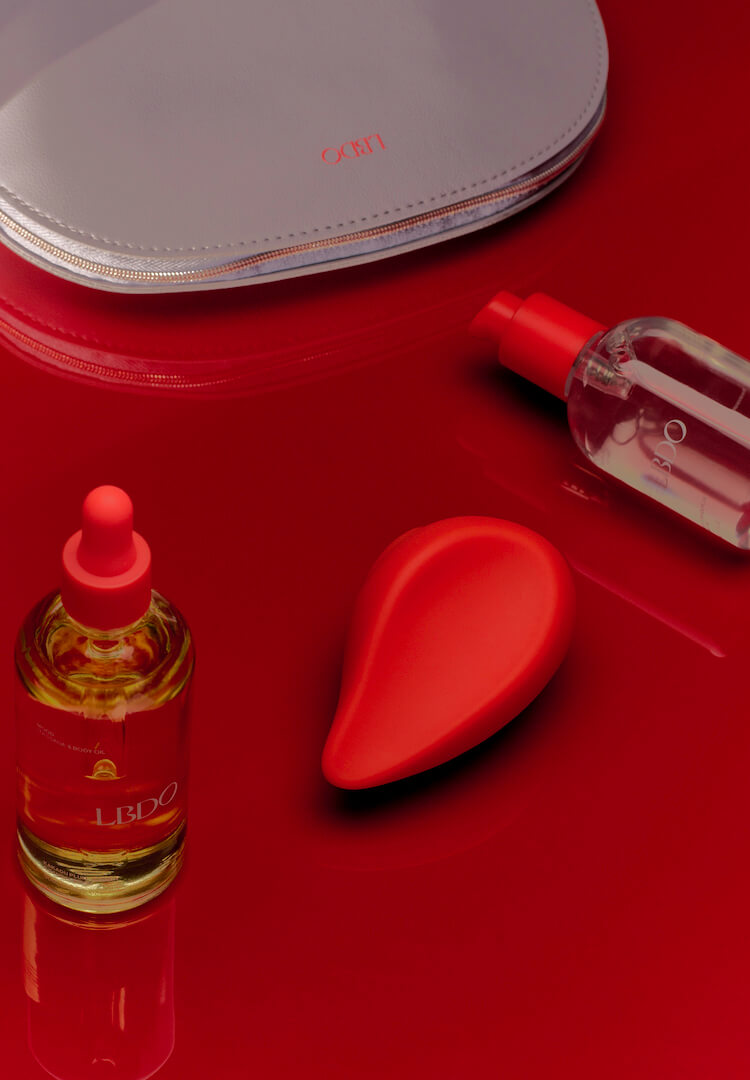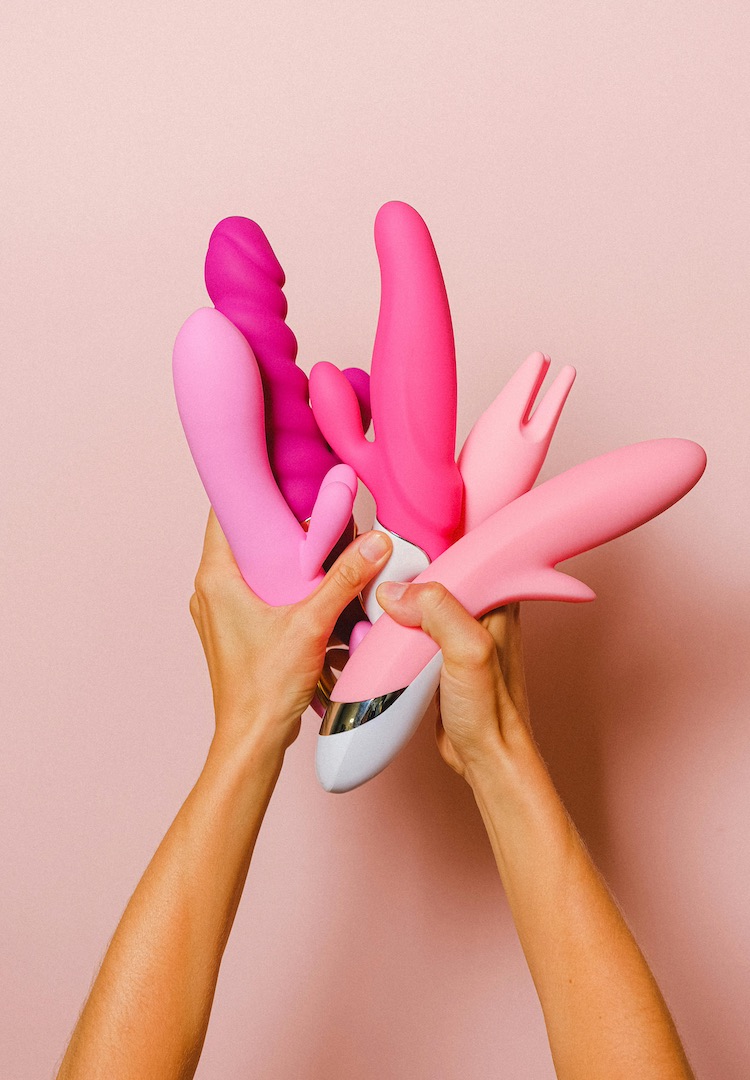Xes Products is providing accessible sex toys for people with a disability
WORDS BY HOLLY HARMAN
Sexuality with no limitations.
Hidden in the underwear drawer, disguised as everyday objects, delivered in discreet packaging – the taboo around sex toys has been ever-present since their invention, and only recently has the conversation somewhat shifted.
Even though the discourse around sex toys has opened up, a stigma around sexuality still exists for people with a cognitive, physical and sexual health condition or disability. But Melbourne-based business Xes Products is here to remedy that.
After working in the healthcare industry for many years, founders Isabella Burstin and Gabriel Volchek could not ignore this disappointing gap in the market. Earlier this year they launched Xes Products, an online sex toy store built around accessibility, with the aim of catering to everyone and every body.
Isabella and Gabriel’s goal is to open up important conversations and quash any preconceived ideas and stigmas that exclude and discourage a significant percentage of our population from sexual exploration. The Xes blog hosts a number of sex-positive conversations that challenge the unnecessary and invalid taboo around sex and disability, and encourage everyone to embrace the healthiest, most erotic version of their sex life.
I spoke to the duo about starting Xes, the community response to its content, and why its time for a cultural shift when it comes to sex and disability.
What inspired you to start this brand?
Isabella: I was an occupational therapist before we started Xes. In the healthcare system, sexual health and sexuality is something that is often ignored. You won’t often see occupational therapists look at how to engage patients back into their sexuality. So I started discussing this with Gab and how it was a real shame how this is so common for many people. Being able to engage in whatever your sexual needs or desires are is so important and we realised that this isn’t just an issue in the healthcare world, but a stigma embedded into our culture as people.
Gab: From that point onwards, we surveyed so many different people with different disabilities and health conditions and tried to find out how we can play our role to help reduce the stigma and make an impact.
What was the general feedback from these surveys?
G: We realised two things mainly. One, there is a massive taboo around it and there’s not enough education that’s done around sex and disability. There’s still a long way to go for sex education in general as well, so society is not quite there yet. Two, while there are accessible products on the market, they weren’t made with the sole user in mind for someone with a disability, it’s just a coincidence that they do have accessibility features. We wanted to break down the taboo through education and blogs, but also start one of the world’s first lines of exclusively disability-friendly sex toys.
What are some of the factors that might inhibit access to sex products for people with a disability? How did you get around these?
I: It depends on the person and their disability. Everyone has different needs, so for some who have mobility issues, you might need something hands free because maybe you don’t have the hand strength to turn on a button, or those fine motor skills. You might need something that’s long-handled. That includes things from how you press or turn on the toy if you have limited dexterity in your hands, to even how you open the package and who is setting it up for you. For conditions like vaginismus or endometriosis, maybe you need a toy that’s non-penetrative, a wider range or less vibrations. Some toys we have that would be great for conditions like endometriosis or vaginismus are toys like the Ruby Glow, a non-invasive sit on vibrator, or the Moxie which is hands-free and clips on to underwear. Maybe you’ve had a stroke and you’ve got different sensitivities and need something quite powerful. There’s a whole lot of different toys depending on the needs of the person.
G: Even for health conditions like erectile dysfunction, we have the Pulse Solo which essentially you can be flaccid while using it. It’s an amazing revolutionary toy. Or, for example, if you’re a quadriplegic, we have the intimate rider that basically helps you position someone to be more comfortable.
You also have a range of products for people with injuries, could you tell me a bit about this?
I: A lot of the pillows you can use for anything. You can use them for back pain or limb pain. They can help you get into a position and facilitate that movement and also alleviate stress on joints. Some of our toys might have an ergonomic handle, so it might fit more nicely in your hands to alleviate pain in joints from arthritis or something like that.
G: Even someone with lower back pain can benefit from one of the wedges as well – it’s not typical that someone will go “hey can I put a pillow under my back while we have sex?”. There’s absolutely nothing wrong with that and will probably help you in the long run.
Do you think Xes is going to make the conversation more open around what can be done to assist people during sexual activities?
G: 100 per cent. I would treat it as a domino effect, once a few people use it and find it beneficial, they’ll tell someone and it will hopefully begin to spiral.
I: We are all about trying to normalise this and make it a topic that people aren’t scared to talk about and allow people to engage in their sexuality. We want our blogs to be a range of educational resources as well as something people might read and really resonate with and empathise with to hopefully know they are not alone in this situation.
While there’s increasing dialogue around sex toys in media and society, sex toys for people with a disability still feels a little bit taboo, why do you think that is?
I: I think a lot of it comes from education and also representation in the media. So representation being in TV shows, advertising campaigns and everything we see. It’s all about increasing education and media representation.
G: Sex toys have been quite taboo themselves up until the late ‘90s where Sex and the City came along and then 50 Shades of Grey came along. Everyone started to talk about them more so it was a natural cultural shift. We are heading in the right direction and I think we are making a good start, but there is definitely a long way to go.
What type of community response have you received?
G: Very positive. What I was really happy to see is that everyone in this space is happy to help. They want to contribute voluntarily and share their experiences because they too want to see this cultural shift.
I: Even having messages from people saying that they are really resonating with it and we’re supporting them in their journey or it’s helped them to take their first step to buy a sex toy – it’s been overwhelming and really special. We’re both really excited to see the impact and possible changes we’re hoping to make.
In one of your blogs, it was mentioned that people with disabilities don’t think they have the opportunity to be sexy. Do you think having something like this available will challenge this misconception?
I: It’s all about that exposure and providing people with the opportunity to explore their sexuality and themselves. We need to have that exposure and break down the taboo so that everyone can have equal opportunity.
G: The world health organisation defines sexual pleasure as a human right. When people start to realise this and that it’s absolutely normal, we do believe there will be a shift. In Australia, one in five Australians will have a disability, so it doesn’t make sense to not have this on the market.
I: We are playing our part here and trying to make a big difference in our sections, so what we are doing will hopefully float down. We are just excited with how this is moving and the changes happening. From talking to so many people we have realised this is just such an important space. It may seem small but it might make such a big difference in someone’s life.

